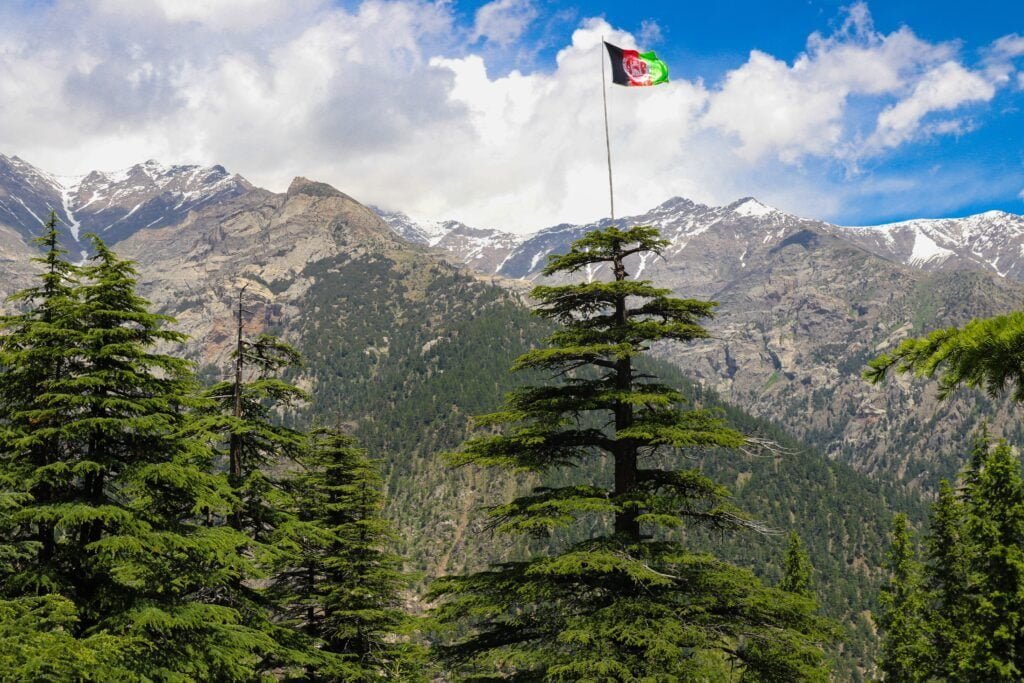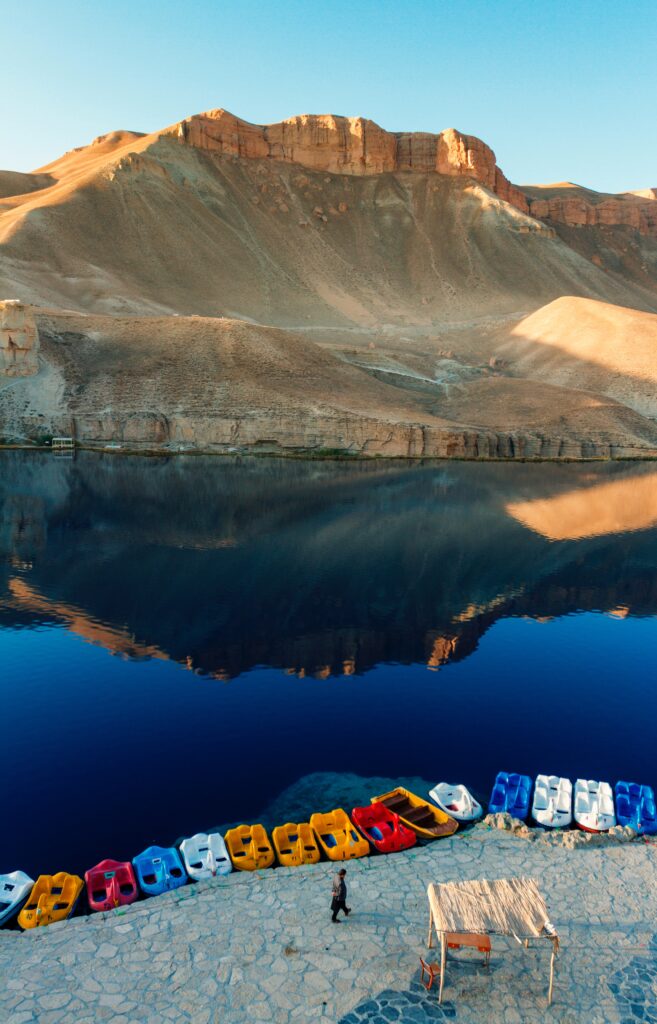Afghanistan, officially known as the Islamic Republic of Afghanistan, is a landlocked country in South and Central Asia. Despite being known for its tumultuous history and ongoing conflict, Afghanistan has a rich and diverse culture that is worth exploring With a diverse population, deep-rooted traditions, and a turbulent political landscape, there is much to learn about this Central Asian nation. To give you a better understanding of Afghanistan, Explore the top 10 facts about Afghanistan as we introduce you to the country’s stunning natural beauty, fascinating history, and delicious food. Join us as we discover the wonders and secrets of Afghanistan, a land just waiting to be discovered.
Here are the Top 10 Facts about Afghanistan:
Table of Contents
Historical Facts about Afghanistan
Afghanistan’s history is marked by violence and political instability. It is essential to comprehend because of the impact it has had on the country’s current state. Some of the history and background of Afghanistan are less well-known.
Afghanistan is home to some of the world’s oldest oil paintings.
The nation is home to some of the world’s oldest oil paintings. Scientists have known for a long time that the earliest oil paintings are located in Bamyan, where they were discovered on the cave walls. These paintings were originally created in the 7th century AD, but in the 13th century AD, oil was applied to them.
It Gained Independence In 1919
Afghanistan’s history is deep and spans over five thousand years. Several empires, notably the Maurya, the Mongols, and the British have conquered and governed the nation at different times throughout its history. In 1919, Afghanistan was finally free of British rule.
UNESCO World Heritage Sites
The stunning historic remains of Bamiyan, which formerly held the famed Buddhas that were sadly destroyed in 2001, are only one of numerous UNESCO World Heritage Sites in Afghanistan. These historical landmarks provide a glimpse into the past of this country.
In its Long History, the Country Has Changed Flags 30 Times

Yes, the nation has officially flown twenty-six different flags during its existence. The flag has altered at least 19 times alone in the 20th century. The national insignia is shown in the middle of the flag, which is now red, green, and black.
CULTURAL FACTS ABOUT AFGHANISTAN
Afghanistan is known for its unique culture, which is deeply rooted in its history and is heavily influenced by the surrounding countries of Central Asia. Afghan culture is its exquisite carpets, which are renowned across the world, and its many ancient sites, such as the city of Balkh and the magnificent Jam minaret. Afghans are also known for their hospitality and their love of art and literature… Here are some facts about Afghanistan’s culture.
Cultural Diversity
Afghanistan is a country where many different ethnicities and cultures coexist. The country’s diverse population includes Pashtuns, Tajiks, Hazaras, Uzbeks, and speakers of dozens of other languages and cultures.

The First Day of the New Year Is March 21.
Nauruz, the Persian word for “New Year,” is celebrated on March 21. People party in the streets for two weeks straight at this time. In addition, many individuals throw parties for their loved ones, preparing traditional dishes for everyone to share.
Every Thursday in Herat is Poetry Night.
Poetry readings are held every Thursday in Herat because of its cultural significance. Afghan poetry gatherings attract people of all ages to hear and recite both classic and contemporary works. There will be great local food and tea served that evening as well.
Afghanistan Cuisine.
Afghan food is an excellent example of how different cultures can come together to create something new and delicious. Afghan cuisine is a gourmet excursion that should not be missed, with fragrant rice dishes like Kabuli Pulao, juicy kebabs, and tempting pastries like Sheer Khurma.
COMMON FACTS ABOUT AFGHANISTAN

Afghanistan is a landlocked country

As a landlocked country, it does not border any ocean or sea. Instead, it is surrounded by Iran to the west, Turkmenistan, Uzbekistan, and Tajikistan to the north, China to the northeast, and Pakistan to the south and east. This makes Afghanistan’s location highly strategic in Central Asia, with many major trade routes passing through it. The terrain of Afghanistan is largely mountainous and arid, making it difficult to traverse, which has helped protect it from invasion throughout its long history.
Stunning Natural Scenery:
Afghanistan is a naturalist’s dream. Beautiful scenery may be found all around the nation, from the Hindu Kush Mountains in the north to the huge deserts in the southwest. Band-e-Amir National Park and the Pamir Highway are two places you just must see.
Marvels of Architecture:
Afghanistan is rich in cultural and historical landmarks. The ancient city of Balkh, sometimes called the “Mother of Cities,” was an important cultural and economic hub along the Silk Road. The nation has a rich architectural history, as seen by the Minaret of Jam and the beautiful Blue Mosque in Mazar-e-Sharif.
The population of Afghanistan is approximately 42 million.

According to a 2023 estimate, the population of Afghanistan is 42 million people, making it the 36th most populous country in the world. The population is mainly composed of various ethnic groups, including Pashtuns, Tajiks, Hazaras, and Uzbeks. The largest city in Afghanistan is Kabul, with a population of over 3 million.
The Economy of Afghanistan

For most Afghans, the main source of income is agriculture. Between 60 and 80% of the population works in this sector. However, it still accounts for less than a third of the GDP because of various issues such as droughts and structural problems. Afghanistan has one of the lowest GDPs per capita in the world, at less than $600. More than 80% of the workforce is directly or indirectly involved in agriculture. Mineral resources abound throughout the nation, including iron, copper, and gold.
Natural resources abound throughout the country.
The abundance of the country’s natural resources is one of its greatest strengths. The reason for this is the vast quantities of gold, natural gas, marble, coal, and other commodities that may be found in Afghanistan. However, the nation lacks the means to fully exploit its natural riches.
In conclusion, Afghanistan is an example of a country that has managed to survive and thrive through many generations. Afghanistan is a country rich in history, culture, and natural beauty, from its ancient civilizations to its breathtaking landscapes. A detailed picture of the country’s history and culture may be gleaned through its many architectural wonders, World Heritage Sites, and delectable food. The people of Afghanistan epitomize the spirit of their culture via their generous hospitality and a strong sense of togetherness.
Afghanistan’s dedication to peace and development is an example to the rest of the globe. The resilience of its people in the face of adversity is evident as they strive for a better tomorrow. Afghanistan has made significant contributions to the globe, and this may be more appreciated if its intricacies and marvels are well understood. So, let’s appreciate the stunning scenery, thriving culture, and unyielding character that Afghanistan is known for.




